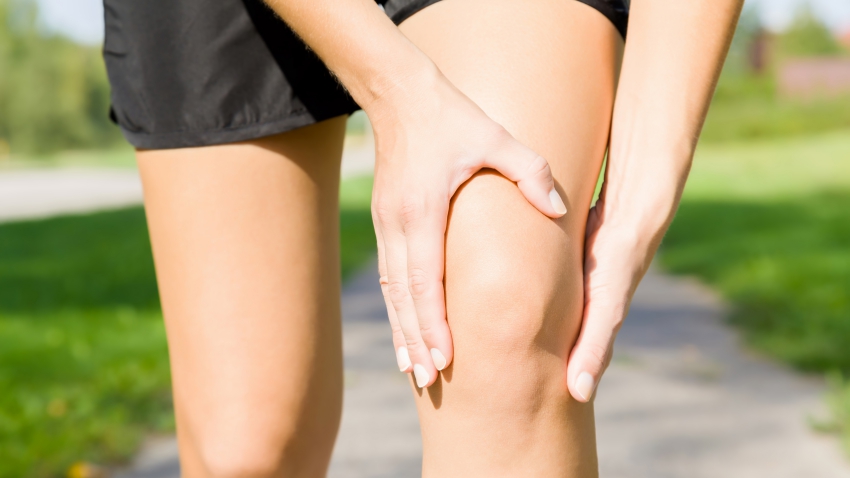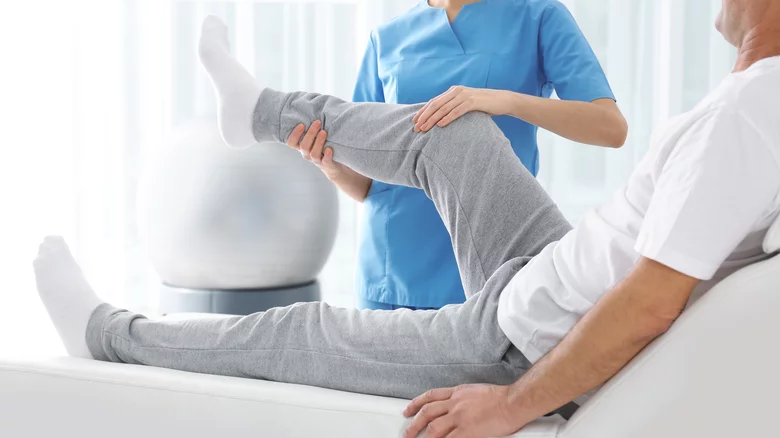Here's the deal, we all know that exercise should be a regular part of our…

What Does It Mean When Your Right Knee Hurts?
Whenever you experience pain or discomfort, it can be a distressing experience. However, it’s even more alarming when it affects a part of your body that you use regularly, such as one of your knees. What exactly does it mean when your right knee hurts, though?
According to the NHS, knee pain can be a symptom of many different conditions. Some of the most common causes of knee pain include sprains and strains; a condition known as tendonitis, which is usually caused by repetitive running or jumping; a torn ligament, tendon, or meniscus; cartilage damage; and a dislocated kneecap. As Mayo Clinic reported, some other potential causes of knee pain include osteoarthritis, otherwise referred to as degenerative arthritis; a condition known as Gout, which occurs when uric acid builds up in the knee joint; and the most debilitating form of arthritis, known as Rheumatoid arthritis.
Although some knee pain is the result of a much more serious problem, discomfort in this part of the body can often be treated at home and prevented by some simple lifestyle changes.
Here’s when to seek medical attention for your knee pain
Per Mayo Clinic, pain in the knee can also be brought on by excess body weight, having limited muscle flexibility or strength, a previous injury, and working in certain occupations — particularly those that are sports-related. Some lifestyle changes that could help prevent knee pain include maintaining a healthy weight, keeping your body strong and flexible, and making sure you’re exercising safely.
The NHS advises that you arrange an appointment with a doctor if the pain in your knee fails to improve within a few weeks, or if your knee locks or clicks painfully. Seek urgent medical attention if you’re experiencing severe pain in your knee, you can’t move or put any kind of weight on your knee, the area has become swollen or changed shape, your knee pain is accompanied by a very high temperature, you feel warm and shivery, or you have redness and heat around the area, as this could indicate an infection.






